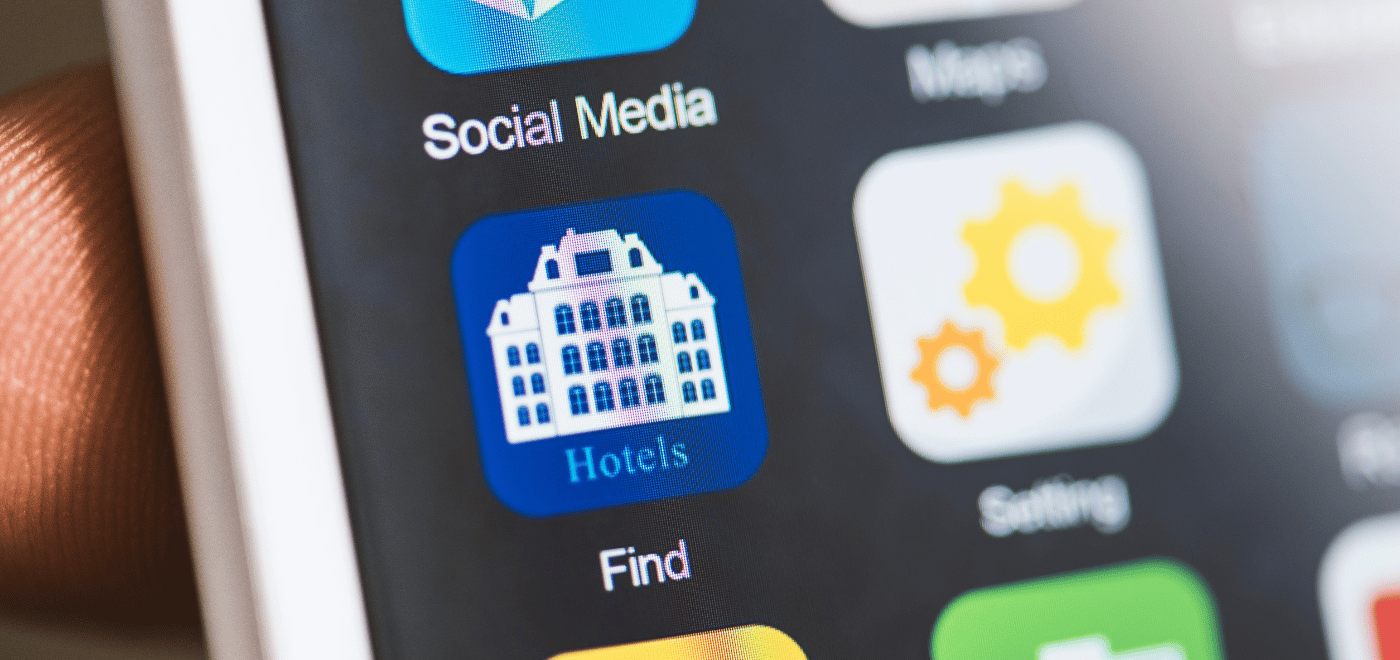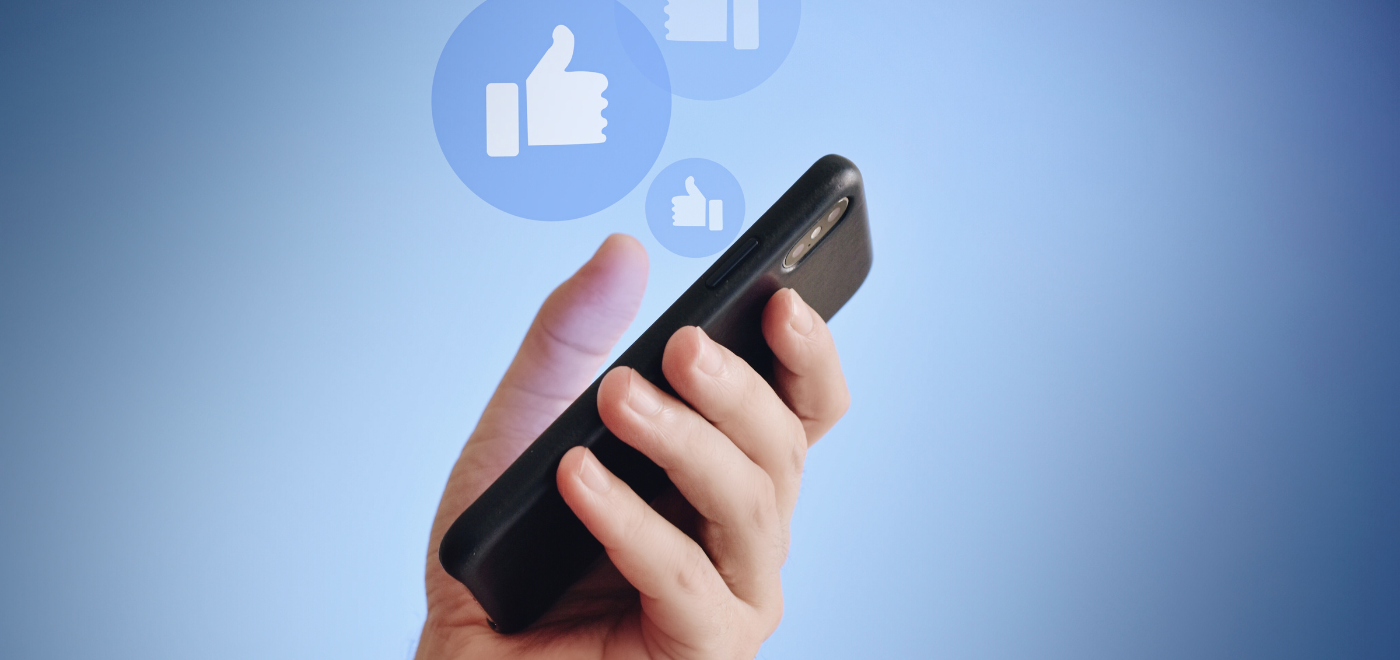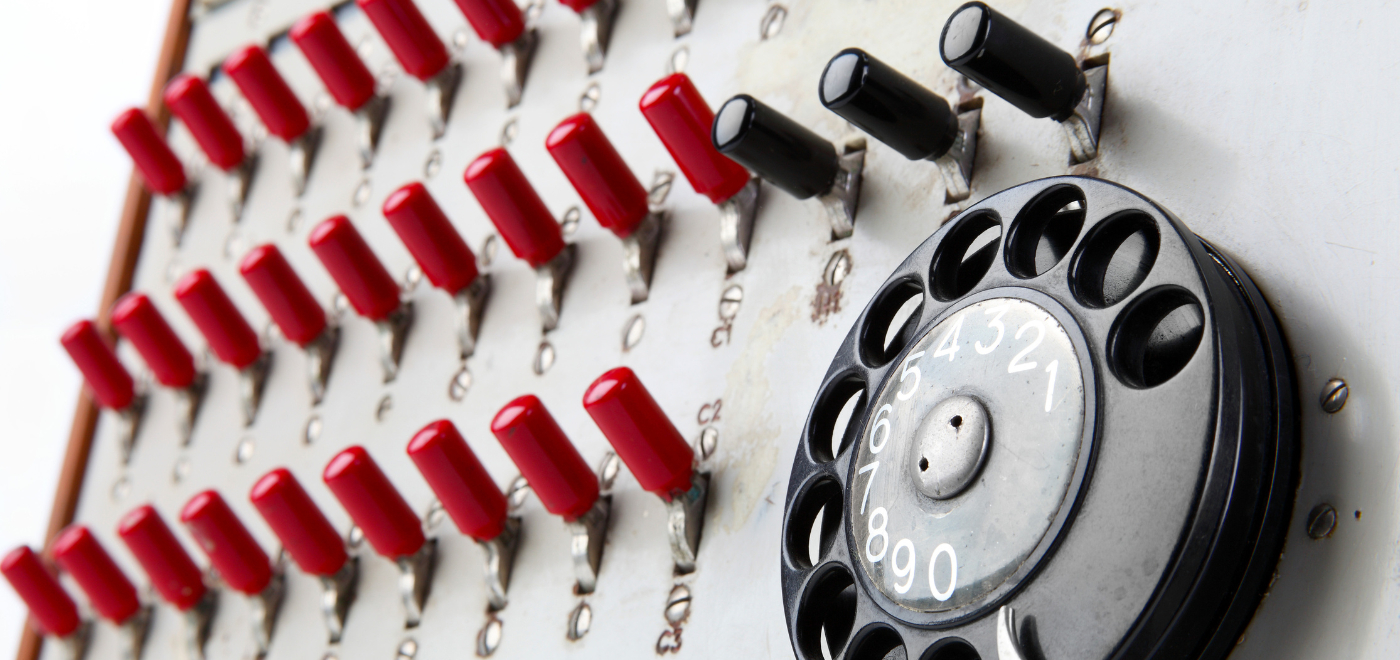![]()
In this blog post, discover why guest engagement with hotel apps and QR-based solutions remains low during the stay—even when surveys suggest otherwise.
When it comes to digital investments in the hospitality industry, one question is all that matters:
Are your guests actually using your digital solutions?
Every piece of hospitality tech promises cost savings, revenue growth, improved efficiency, and enhanced guest experiences. But here’s the hard truth: without active guest engagement, these promises are just empty words. Without their active participation, no technology, however innovative, can deliver tangible results.
The Gap Between Guest Expectations and Behavior
Hospitality professionals often rely on surveys to understand guest preferences, and on paper, the results always look promising. We asked guests ourselves, and the message was clear: 70% of hotel guests say they like the idea of communicating with a hotel via an app. Sounds great, right? But the reality is starkly different.
 Using publicly available Google Play Store download data from three hotel chains and favorable assumptions—a 65% occupancy rate, 1.9-day average stay, and 1.4 guests per room—we estimated that 5% to 10% of guests use hotel apps. This accounts for Android's 40% market share.
Using publicly available Google Play Store download data from three hotel chains and favorable assumptions—a 65% occupancy rate, 1.9-day average stay, and 1.4 guests per room—we estimated that 5% to 10% of guests use hotel apps. This accounts for Android's 40% market share.
Even mobile websites that guests can access by simply scanning a QR code see surprisingly low engagement during the stay. And we’re not just guessing — we’ve measured it. In our experiment with Roomers Hotels, we found that usage rates rarely exceed 10–15%, even with prominent QR code placement. You can dive into the full results in our article about the Roomers Hotels experiment.
You want to streamline check-in with digital keys or introduce a solution where your guests can order room service digitally and provide feedback during their stay? Good luck doing that, with less then 10% of your guests using your solution actively.
The BYOD Trap: Great in Theory, Flawed in Practice
Many hotels have embraced Bring Your Own Device (BYOD) solutions, where guests interact with the hotel via their smartphones through apps or mobile-optimized websites. At first glance, this approach seems like a no-brainer: no need for in-room hardware, lower upfront costs, and familiar interfaces for guests. But BYOD solutions face a glaring, often overlooked issue: low engagement.
Do not get me wrong: These solutions can be great and necessary when it comes to digital check-in and pre-stay upselling. Before arrival, some hotels see the usage of around 20% and more, so those solutions can be financially beneficial for the hotel.
Be that as it may, with usage rates of less than 10% during a stay, these solutions simply fail to engage guests. Only a small fraction of guests use the app for ordering, while the rest still rely on phone bookings. This creates two parallel processes. One is digital but underutilised. The other is time-consuming, outdated, and entirely disconnected from the first.
The effort poured into creating content and implementing these systems rarely pays off. More importantly, they fail to streamline hotel services. If staff still needs to pick up the phone for every order and manually handle billing, we’re essentially back to 20th-century processes.
The optimal solution—a fully digitized and integrated process—simply doesn’t exist in this scenario.
The bottom line is simple: A digital strategy that fails to actively engage guests isn’t a strategy, it’s a missed opportunity. Without meaningful guest participation, even the most advanced solutions fall short of their potential.
An Effective Alternative: SuitePad and the Potential of Hotel-Room Tablets
 So, what bridges this engagement gap? Enter in-room tablets like SuitePad. These devices are readily available in guest rooms and achieve an average of 3 interactions per stay—a 10- to 30-fold increase compared to BYOD. And our data shows that 80% of every guest who checks in a hotel room, uses the tablet for either accessing hotel information, ordering rooms service or skipping room cleaning.
So, what bridges this engagement gap? Enter in-room tablets like SuitePad. These devices are readily available in guest rooms and achieve an average of 3 interactions per stay—a 10- to 30-fold increase compared to BYOD. And our data shows that 80% of every guest who checks in a hotel room, uses the tablet for either accessing hotel information, ordering rooms service or skipping room cleaning.
Why Are In-Room Tablets So Effective?
- Instant Engagement: No downloads, logins, or setup—guests can use the tablet right away. With the screen on upon entry, it’s easy and inviting to engage.
- Targeted Communication: Push notifications cut through the noise, reaching guests directly with timely offers and updates based on PMS data.
- All-in-One Convenience: SuitePad replaces the guest directory, phone, TV remote, and more—cutting costs and turning everyday actions into engagement opportunities.
Obviously, I am the most biased person on the planet who will always claim that the SuitePad is the tool to use and I genuinely want you to go for our product! Just like every other entrepreneur in our space, right?
Here’s the difference though: we back it up. We’re so confident that SuitePad will deliver results for your hotel that we offer it on a performance-based model. In other words, we put our money where our mouth is and let the measurable results do the talking.
A Performance-Based Model: Why SuitePad Shares the Risk
SuitePad goes a step further. Unlike BYOD providers who lure hotels with low upfront costs, SuitePad offers a performance-based pricing model. Hotels pay only when the solution demonstrably increases revenue or reduces costs.
SuitePad’s model is unique because it’s entirely performance-based—hotels receive the hardware at no upfront cost and only pay when guests actively use it. There are no fixed software fees, so if it doesn’t deliver results, there’s nothing to pay. With proven guest engagement and an annual cost cap, hotels benefit from a low-risk, high-reward solution with predictable expenses.
Why don’t BYOD providers or even SuitePad offer this model for its BYOD offering? Because it’s low engagement rates wouldn’t support it.
Conclusion: Actions Speak Louder Than Surveys
The data is clear: Digital solutions like SuitePad achieve significantly higher engagement than BYOD approaches. Only through active usage can hotels unlock the benefits of digitization, whether it’s revenue growth, cost savings, or operational efficiency.
So, can we not trust our guests anymore when asking them about their preferences?
Yes and no. While 70,5% claimed that they would like to use an app, > 90% said they would like to use an in-room tablet, and the strong usage figures back that up.
But in any case, the proof is in the pudding, and this is true when selecting the right tools and partners with whom you set up your digital guest journey. Are their solutions actually delivering results, and are they willing to put their money where their mouth is?
Published on 14 April 2025






.png)
